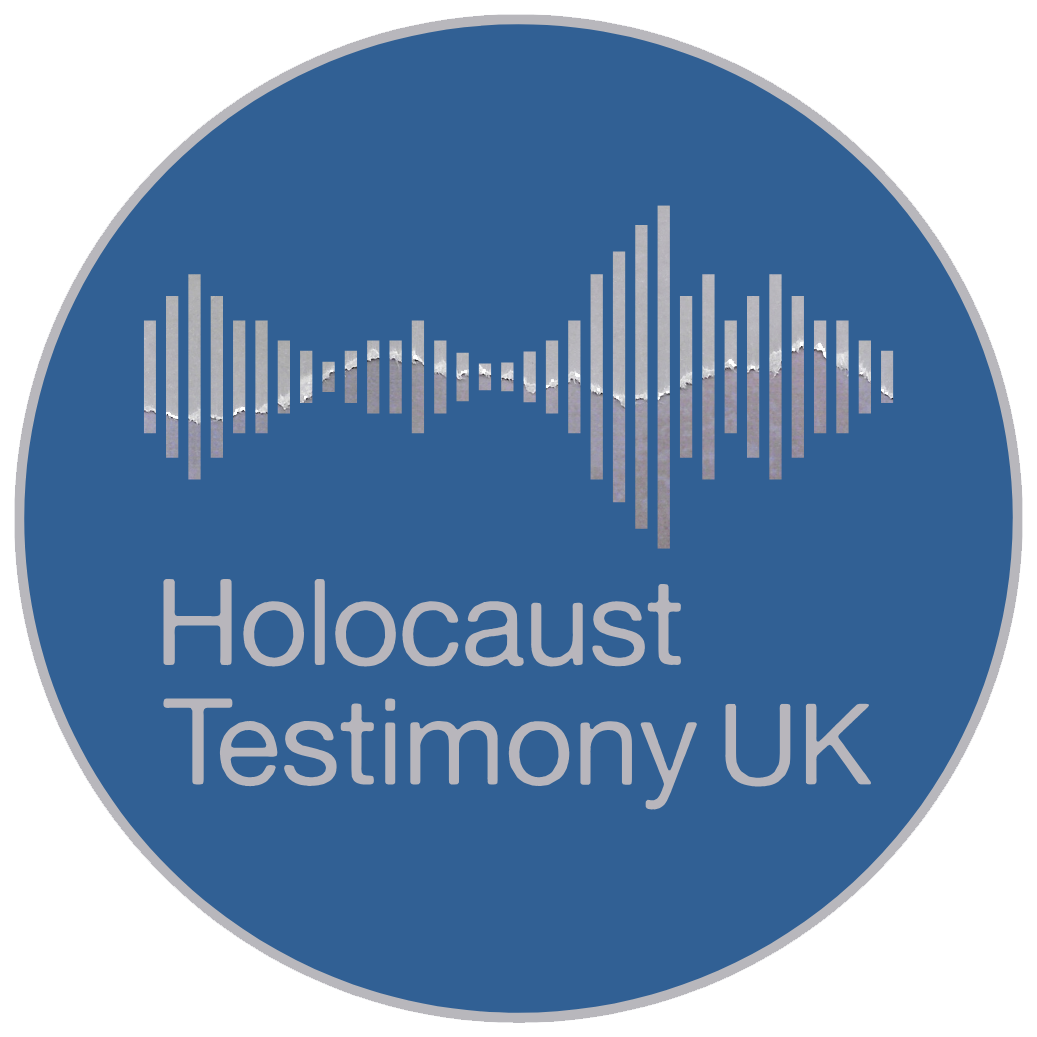The Holocaust is the term for the genocide of around six million Jews by the Nazi regime and their collaborators during the Second World War. The Holocaust is also sometimes referred to as the Shoah, the Hebrew word for catastrophe. Between 1933 and 1945, the Nazis sought to eliminate the entire Jewish community of Europe.
.jpg)
Two women wearing 'Jude' badges, Paris, France.
What was the Holocaust?
Courtesy of The Wiener Holocaust Library Collections
The history of Judaism, of Roma and Sinti and of other groups persecuted by the Nazis is rich and diverse. The Holocaust wiped out complete communities, most of which were not rebuilt following the war.

The Robinson family out for a walk, Hamburg, 1928.
Life before the Holocaust
Courtesy of The Wiener Holocaust Library Collections
The end of the First World War marked the beginning of a period of political and economic instability in Germany. As a result of this instability, many small, extremist political groups appeared.

Several factors played a role in the Nazi Party’s rise to power. One factor was propaganda. Rallies, like the one pictured here, were an important way of spreading this propaganda. This particular photograph was taken at a rally in Nuremburg in 1934.
The Nazi rise to power
Courtesy of The Wiener Holocaust Library Collections
The Nazis came to power in 1933, and were defeated at the end of the Second World War in 1945. During their twelve years in power their ideology and actions shaped almost every aspect of life in Germany and the countries that they occupied.

One of the defining features of the Nazis’ regime was their apparatus of terror. This image shows the devastation of Kristallnacht, an antisemitic pogrom which took place in November 1938. Over the course of this pogrom alone, over 25,000 people were sent to concentration camps, over 7,500 businesses had their windows smashed, over 1,000 synagogues were destroyed and just under 100 people were murdered.
Life in Nazi-controlled Europe
Courtesy of The Wiener Holocaust Library Collections
Ghettos and camps were used extensively by the Nazis during their time in power to segregate , oppress and persecute their opponents.

This map, created by Herbert Froboess and entitled Deutschland 1945, shows some of the camps in Nazi Germany and some of the surrounding occupied countries.
What were the ghettos and camps?
Courtesy of The Wiener Holocaust Library Collections
In 1941, the Nazis’ persecution of the Jews became a genocide . In just under four years, millions of people were deliberately murdered at the hands of the Nazis and their collaborators. This mass murder became known as the Holocaust.

Jewish men, women and children being rounded up for execution by German forces in Lithuania in 1942.
How and why did the Holocaust happen?
Courtesy of The United States Holocaust Memorial Museum
In 1944 and 1945, Allied forces liberated thousands of people from Nazi incarceration as they advanced towards Berlin. On 7 May 1945, Nazi Germany surrendered and the Second World War was over. Although the war had ended, for survivors, and Europe more widely, the process of reconstruction was just beginning.

This sign was erected at the site of Bergen-Belsen concentration camp after its liberation in the summer of 1945. In total, approximately 50,000 people died at Bergen-Belsen.
Survival and legacy
Courtesy of The Wiener Holocaust Library Collections
At each stage of the Nazis’ persecution of Jews and others that they deemed ‘undesirable’, people resisted their rule, responded to their policies, and collaborated with them in a variety of ways.

This pamphlet, disguised as a horticultural guide on how to care for cacti, conceals material from the German Communist Party's 1935 Brussels Conference including a manifesto and an article entitled 'the new way to overcome the common struggle of all working people for the overthrow of the Hitler dictatorship'. C. 1935.
Resistance, responses and collaboration
Courtesy of The Wiener Holocaust Library Collections


Resources
Historical Background
Our partner, the Wiener Holocaust Library, have an excellent website The Holocaust Explained which provides an extensive historical background:






